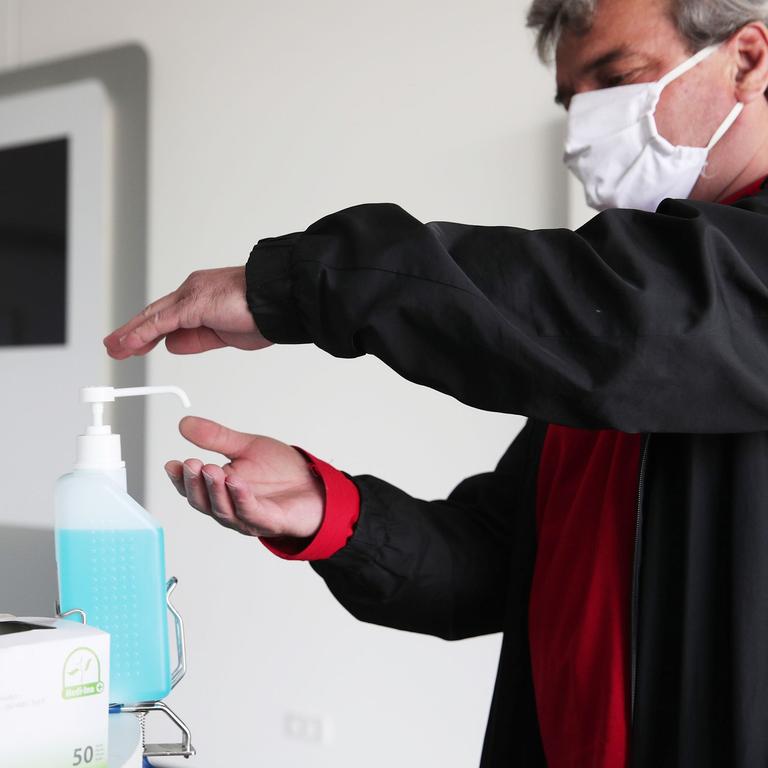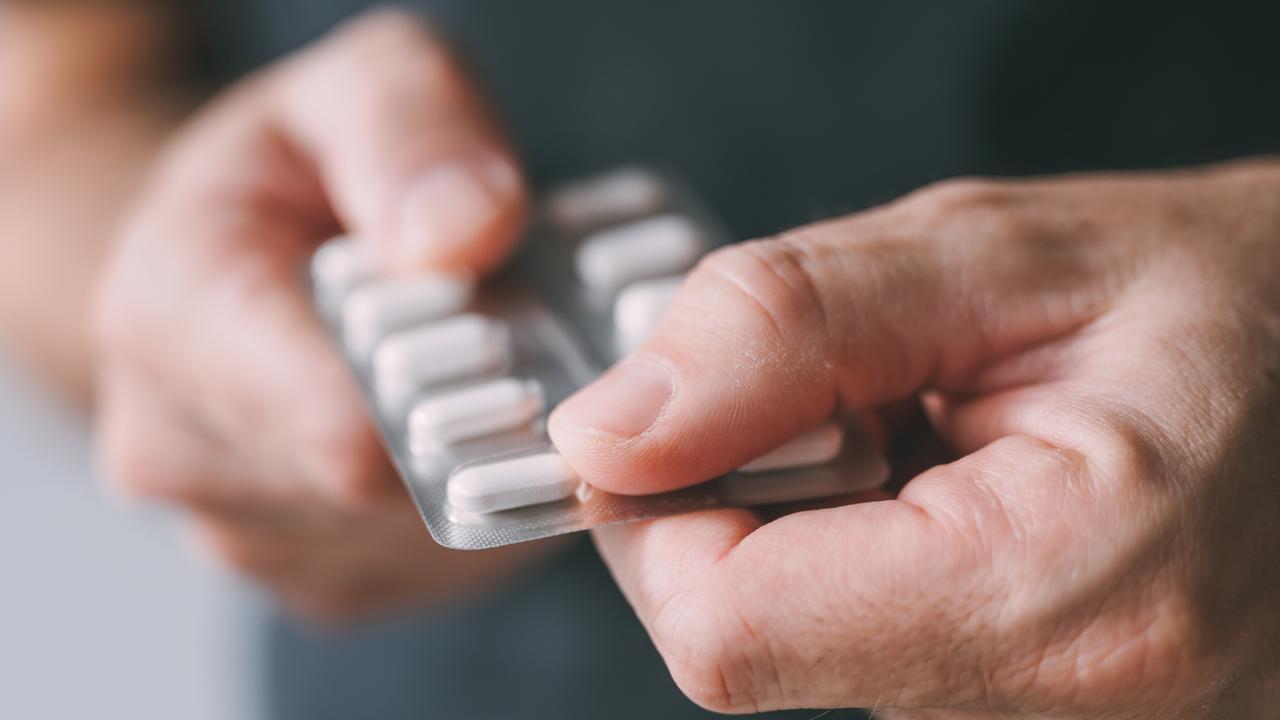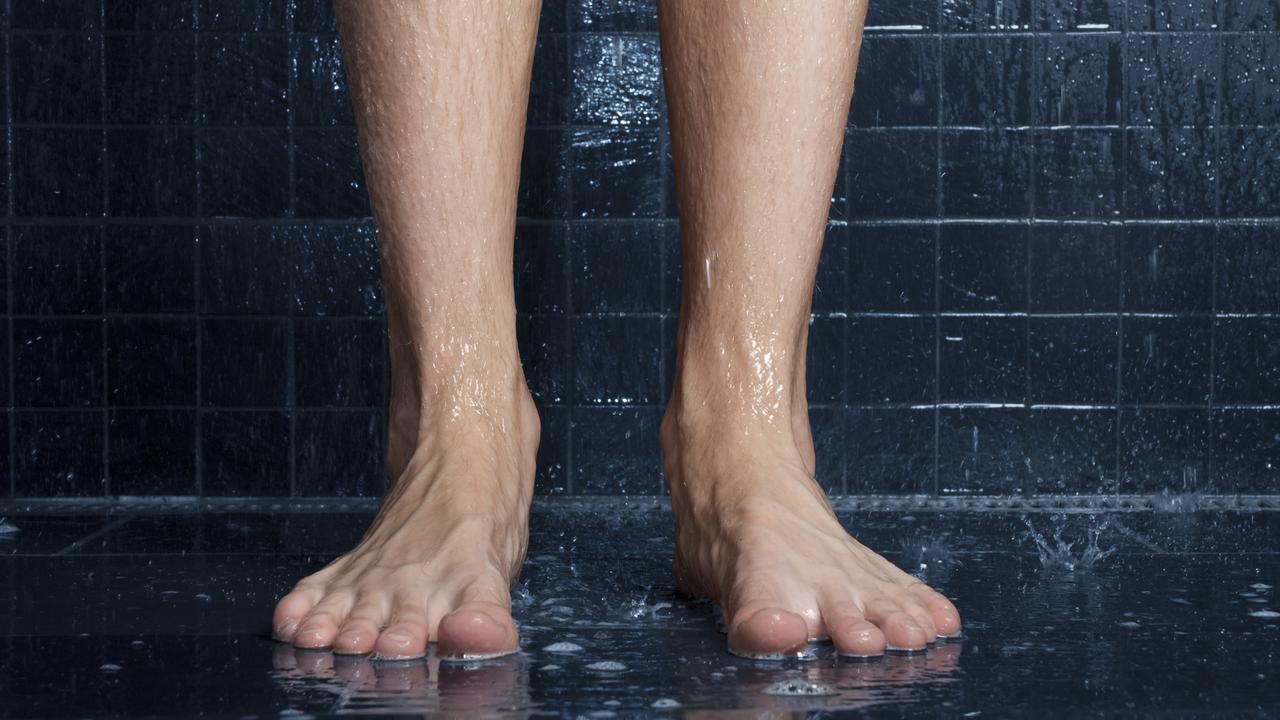Choice reveals how to tell if your hand sanitiser actually works
In the fight against coronavirus, hand sanitiser is one of our best defences. But with concerns over dodgy products, how can you know if it works?

Good hand hygiene is our best defence against coronavirus, but how can you know that your hand sanitiser actually works?
Yesterday a spot test of hand sanitiser sold by popular retailer Mosaic Brands was found to have just 23 per cent alcohol by consumer watchdog, Choice – well below health standards and the product’s claimed 70 per cent.
The Air Clean Instant Hand Sanitiser has since been withdraw from sale from Katies, Rivers, Noni B, Rockmans and Millers while Mosaic Brands conducts further testing.
But Choice is now investigating “a wave” of complaints about other hand sanitisers, with the product in high demand since the coronavirus pandemic was declared in March.
The consumer advocacy body’s director of campaigns Erin Turner told news.com.au it was hard for shoppers to know if the product did what it said on the label.
“The big concern is that it’s virtually impossible for a consumer to know if what the product is claiming is what it is actually delivering,” she said.
“So specifically how much alcohol is in a bottle, because that’s what matters. No-one really has a giant lab in their backyard – that’s why we’re going to conduct tests.”
RELATED: Follow the latest coronavirus updates

HOW TO TELL IF YOUR HAND SANITISER WORKS
While some dubious shoppers have admitted to setting their hand sanitiser alight to test it, not only is this dangerous but it probably won’t reveal if it has the right amount anyway.
“If you think about it, low alcoholic wine will still light up so it can’t really tell you how high the percentage (is), just that there is alcohol,” Ms Turner said.
Instead there are three other signs consumers can look for.
To effectively kill germs, hand sanitiser needs to contain between 60 to 80 per cent alcohol with the World Health Organisation recommending it contain at least 75 per cent isopropyl alcohol or 80 per cent ethanol.
“The first is to look at the claims on the bottle you want something very specifically telling you how much alcohol is in it, (you’re) looking for between 60 to 80 per cent,” Ms Turner said.
“The other things you can do is smell the contents – does it smell like alcohol – that is a good starting point.
“The other is the look and feel: Does it evaporate off your hands fairly quickly? If it’s sticky and doesn’t evaporate that’s a sign it may have too much gel in the formula and not enough alcohol.”


‘REALLY HARD’ TO MAKE HAND SANITISER YOURSELF
When hand sanitiser proved hard to get earlier this year many individual Australians and small businesses turned to making their own.
But unless you’re a chemist or similar, getting the hand sanitiser formula right is “really hard” – too little alcohol and it won’t kill germs, while too much and it will damage the skin.
“We’ve heard of both individuals out there and small businesses making their own sanitiser,” Ms Turner said.
“Unless you’ve got a strong degree of confidence in chemical analysis (then) you may have the skills to be able to do it.
“If not, it is likely better to rely on experts and people who really dedicated some time to understanding the right way to get it done, because there are risks both with too much alcohol and not enough, so that formula is really essential.”

HAND WASHING JUST AS EFFECTIVE
While it is important to use the right kind of hand sanitiser, hand washing will do the same job – and is the only way to sanitise your hands if they are visibly soiled or dirty.
Professor Peter Collignon, an infectious diseases physician and microbiologist in Canberra, said washing your hands with soap and water was just as effective as using hand sanitiser.
“It’s not the end of the world if you miss out on buying alcohol hand rub because washing your hands with soap and water is also very effective – there is not a huge amount of difference,” Prof Collignon said.
“One is just more convenient than the other and contains alcohol.
“You can put it in your pocket and don’t have to be near a sink or basin to use it.”




